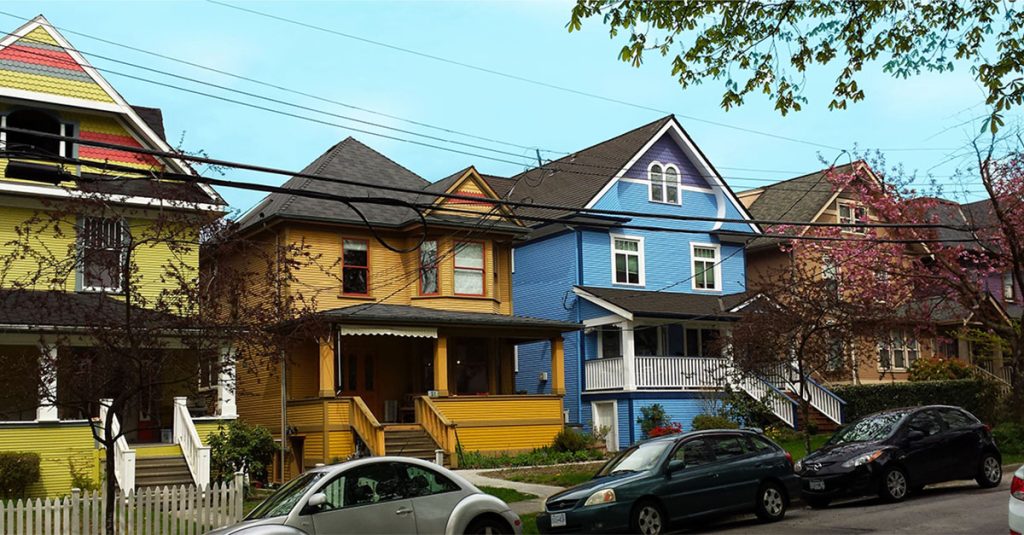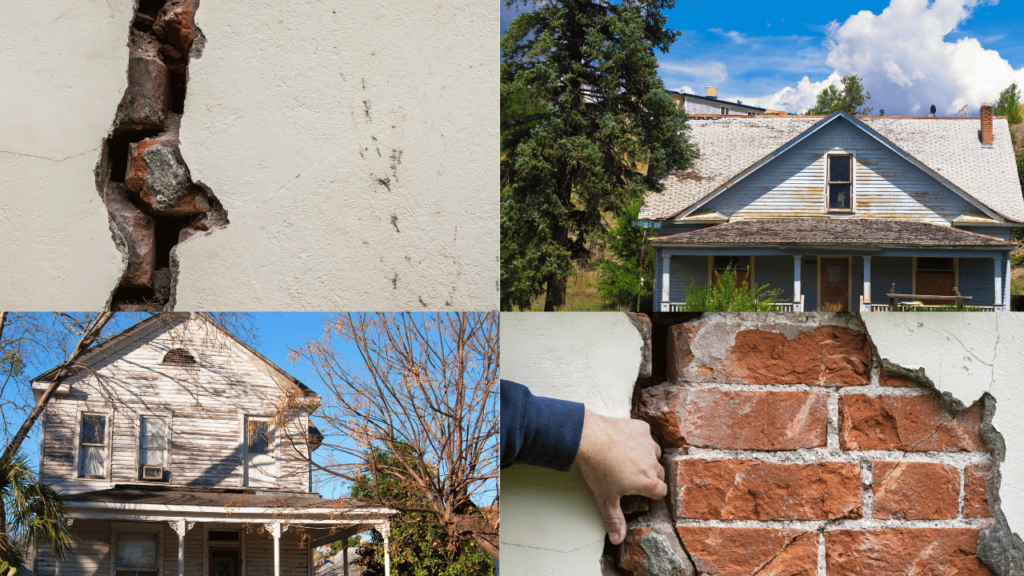Renovating a historic home can be a rewarding endeavor, but it’s not without its unique challenges. These homes often carry a rich history, intricate architectural details, and unique features that make them special. However, preserving their charm while updating them for modern living can be tricky. Whether you’re planning a kitchen and bathroom remodeling project or larger home improvement work, understanding the challenges involved and knowing how to tackle them is crucial to achieving a successful renovation.
This article will explore the common challenges homeowners face when renovating historic homes and offer practical solutions to overcome them—particularly when it comes to kitchen remodeling, bathroom remodeling, and working with kitchen and bathroom remodeling contractors.
1. Preserving the Home’s Character
One of the main challenges of renovating historic homes is maintaining their original charm and character while upgrading for modern needs. Whether it’s the ornate woodwork, antique windows, or intricate moldings, historic homes have features that make them unique, and homeowners often want to preserve these elements.

Solution:
- Consult with specialists: When undertaking a bathroom and kitchen remodeling project in a historic home, it’s important to work with kitchen and bathroom remodeling contractors who have experience in historic renovations. They will understand how to preserve original details while incorporating modern functionality.
- Use complementary materials: During renovations, choose materials that complement the home’s historical style. For example, consider using subway tiles or clawfoot tubs in a bathroom remodeling project to match the vintage aesthetic, while still adding modern conveniences.
- Research architectural styles: Understanding the architectural style of your home will help guide the selection of finishes, colors, and materials that are true to the period.
By balancing the old and new, you can preserve the historical integrity of your home while making it livable for modern-day needs.
2. Meeting Modern Codes and Standards
Historic homes were built before modern building codes were put in place, meaning they may not meet current safety, electrical, or plumbing standards. For example, outdated wiring, plumbing systems, or insulation may pose potential hazards when trying to implement kitchen remodeling or bathroom remodeling.
Solution:
- Work with knowledgeable contractors: Engage experienced home improvement contractors who are well-versed in both modern codes and the unique challenges of working with older homes. They can help identify where upgrades are necessary while minimizing the impact on the home’s historic features.
- Prioritize safety and efficiency: Focus on upgrading essential systems like electrical wiring, plumbing, and insulation to ensure your home is safe and energy-efficient without compromising its historic integrity. If you’re renovating the kitchen or bathroom, this could involve adding modern plumbing or electrical outlets in a way that’s discreet and doesn’t alter the home’s aesthetic.
By working with professionals who understand the delicate balance between modern codes and historic preservation, you can ensure that your home is both safe and functional.
3. Dealing with Structural Issues
As historic homes age, they often encounter structural issues that may not be immediately obvious. Wood rot, foundation problems, or sagging beams can complicate a home improvement project, especially when it comes to heavy remodeling like kitchen and bathroom remodeling.

Solution:
- Hire experienced structural engineers: Before beginning any kitchen remodeling or bathroom remodeling, it’s wise to consult with structural engineers who can assess the foundation, walls, and overall integrity of your home. If there are underlying issues, these experts can provide solutions to stabilize the structure.
- Use reinforcing materials: In some cases, steel reinforcements, foundation repairs, or other modern techniques can help address structural concerns while preserving the historic elements of the home. Collaborating with bathroom and kitchen remodeling contractors who specialize in renovations can ensure these changes are both effective and aesthetically pleasing.
Addressing structural issues early in the process is crucial to prevent delays and ensure your renovation project proceeds smoothly.
4. Navigating Permitting and Regulations
Many historic homes are located in areas with strict regulations and permitting requirements, particularly when it comes to exterior changes or significant structural work. Renovating a historic home may require approval from local preservation boards or historical societies before making any changes.
Solution:
- Research local regulations: Before starting your kitchen and bathroom remodeling, make sure to research local historic preservation laws and understand any restrictions that may apply. Some towns or cities have guidelines about what can be altered or how materials can be replaced.
- Consult with a preservation expert: In addition to working with kitchen and bathroom remodeling contractors, consider hiring a historic preservation consultant. These experts can guide you through the approval process, ensuring that all renovations comply with local regulations and zoning laws.
- Get the right permits: Working with a knowledgeable contractor who understands the permitting process will help ensure that you obtain all necessary approvals before starting any work, particularly for larger remodeling projects.
By understanding the permitting process and working with professionals who are familiar with local regulations, you can avoid delays and potential fines.
5. Budgeting for Unexpected Costs
Renovating a historic home often comes with unexpected expenses. Hidden issues, such as mold, outdated wiring, or structural damage, may only become evident once work begins. This can lead to budget overruns, especially for bathroom and kitchen remodeling, which often require significant upgrades to plumbing and electrical systems.

Solution:
- Set aside a contingency fund: It’s a good idea to set aside 10-20% of your total budget as a contingency fund for unexpected issues. This will allow you to address unforeseen problems without compromising your renovation goals.
- Get multiple quotes: When hiring kitchen and bathroom remodeling contractors, get multiple quotes and ensure that the contractor has experience with historic homes. This will help you make informed decisions about the scope of the work and the associated costs.
- Be flexible with your plan: Some unexpected issues may force you to adjust your renovation plan. Work with contractors who can offer alternatives or solutions that stay within your budget.
By budgeting carefully and having a contingency plan in place, you’ll be better prepared for any surprises during the renovation process.
6. Finding the Right Contractors
Hiring the right kitchen and bathroom remodeling contractors is essential when renovating a historic home. Many general contractors may not have the experience or knowledge necessary to deal with the specific challenges of working on older homes. It’s essential to find experts who understand both the historical significance of the property and the requirements of modern renovations.
Solution:
- Specialized contractors: Look for contractors who have experience with historic homes. These home improvement contractors will be more familiar with the materials and techniques needed to preserve your home’s character while making necessary updates.
- Ask for references: Check references and review past projects before hiring a contractor. Ask about their experience working on similar homes and their ability to navigate the unique challenges of historic renovations.
- Work with local experts: Local contractors often have a better understanding of the specific challenges and regulations in your area. They can also work closely with preservation boards and local officials to ensure that your project meets all requirements.
Choosing the right contractors who specialize in historic renovations is key to ensuring a successful project that preserves the home’s charm while meeting your modern needs.
Conclusion
Renovating a historic home comes with its own set of challenges, but with the right approach, it can be an incredibly rewarding experience. By working with experienced kitchen and bathroom remodeling contractors, addressing structural issues early, navigating permitting requirements, and budgeting for unexpected costs, you can overcome the obstacles and create a home that blends old-world charm with modern convenience. Whether you’re renovating a kitchen, updating a bathroom, or undertaking a larger home improvement project, the key to success lies in careful planning, expert guidance, and a deep respect for the history of your home.
